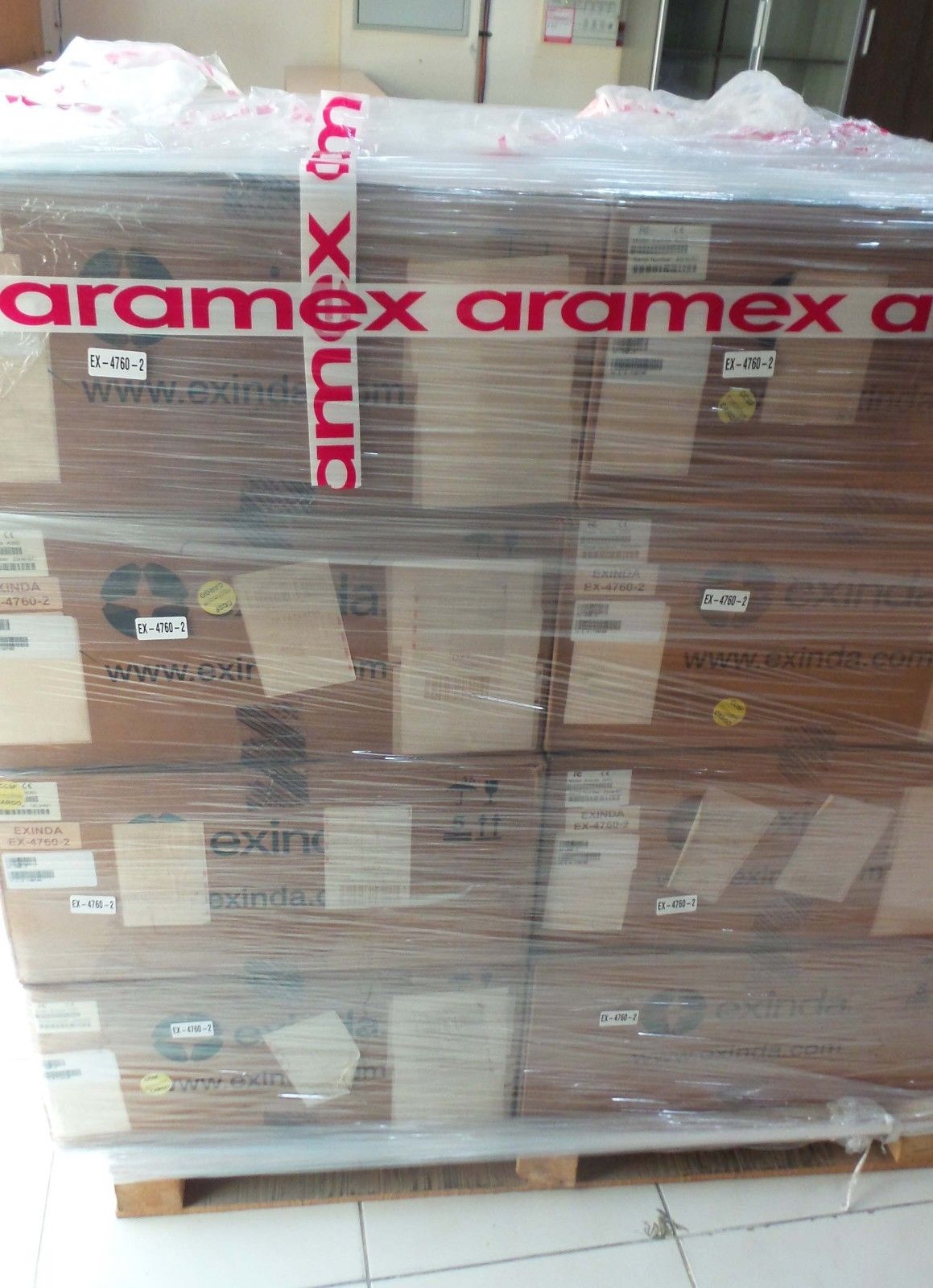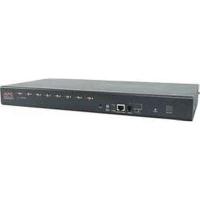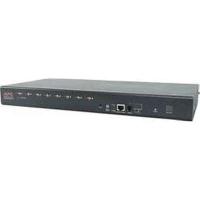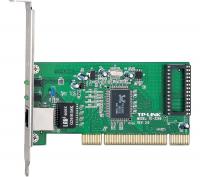Product Specification
| Condition | Still in original packaging |
| Warranty | 3 Months |
Product Descriptions
Exinda 4700 appliance that Monitors and Optimizes up to 2 Mbps
Traffic Management - Exinda 4700:The Exinda 4700 is a traffic management solution for WAN networks of up to 2 Mbps. Suitable for branch and head offices, it delivers superior scalability and flexibility for the distribution layer. The Exinda 4700 offers the full spectrum of Exinda's traffic management features.
Features:- 2 Mbps
- Layer 7 Classification
- Reporting
- Application QoS
- Compression
The wide area network (WAN) has inherent delay and bandwidth limitations. Applications deployed across the WAN are inefficient and slow due to these limitations. Furthermore, repetitive data sent across the WAN increases total utilization and introduces congestion. Many applications compete for limited WAN resources causing further congestion and degradation of critical applications. IT managers are demanding far more economic and effective ways to manage and optimize their existing infrastructure by understanding how it is used, defining what is important for the business and improving application performance.
The Solution:Exinda Networks’ x700 series provides a range of WAN optimization management appliances suitable for branch offices and data center sites. These appliances feature award-winning technology that enables you to easily report on application activity and guarantee performance of important applications. With Application Response Measurement technology, Exinda allows you to quantify application response times from a user’s perspective at the remote site. This, in turn, assists in optimizing applications with greater accuracy and measures the benefits derived from effective optimization.
Benefits:- Predictable application performance
- Reduced infrastructure costs
- Visibility of infrastructure usage
- Reduced network trouble-shooting costs
- Capacity planning
- Reduced business continuity risk
- Voice & data convergence
- Management of Internet strategy






 Safe and secure payments using Abraa safe trade systems
Safe and secure payments using Abraa safe trade systems  \
\








